Responsive vs. Spontaneous Desire
One of the most common complaints I have received when it comes to sex therapy with couples is that one partner has less desire and arousal than the other. This can create a lot of tension between a couple. Often the person who is viewed as having less desire is seen as the problem, however this is quite normal and not a problem at all. The difference in desire can be described as responsive desire vs. spontaneous desire.
Responsive desire: experiencing desire after sexual intimacy has been initiated
Spontaneous desire: experiencing desire prior to sexual intimacy being initiated
People with responsive desire need more affection and sensual touch leading up to engaging in sexual activity to help put their mind and body at ease to feel desire. This could include long hugs, cuddling on the couch, rubbing their back, or taking a shower together. It is normal for someone with responsive desire to not feel desire until after several minutes of foreplay.
People with spontaneous desire do not require as much intimacy or affection leading up to sexual activity. They value unplanned and impulsive sexual advances towards them, like inviting them into the shower with you, caressing their genitalia while watching TV, or a quickie over lunch break. It is not abnormal to be aroused easily and find yourself often wanting to engage in sexual activity with your partner.
Neither desire style is wrong nor bad, just different. If we take the time to understand not only our own desire style, but our partner’s as well, it will help you both work towards having a more satisfying sex life.
**Please note that it is equally important to check with your doctor and make sure your hormones are balanced and rule out any other possible issues related to your physical health or medications that could be impacting your libido
-Morgan Twidwell, LCSW, LSCSW
